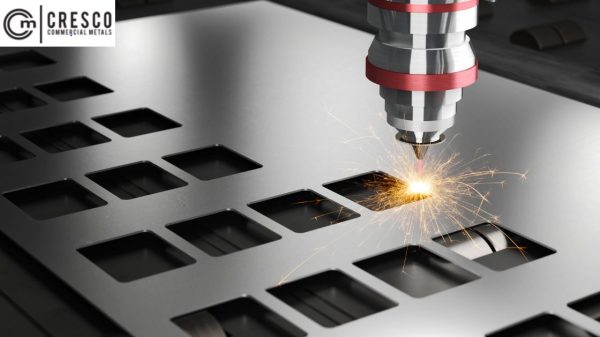In the realm of metal fabrication, laser cutting stands out as a revolutionary technology that has transformed industries ranging from aerospace to electronics. This article delves into the world of laser metal cutting, exploring its quality standards, common defects, and effective prevention methods for achieving unparalleled precision in engineering.
Laser Cutting in Metal Fabrication
Laser cutting is a versatile and highly efficient method employed in metal fabrication. It utilizes a high-powered laser beam to precisely cut through metal sheets with incredible speed and accuracy. The applications of laser cutting span across various industries, including automotive, aerospace, electronics, and more.
Quality Standards in Laser Metal Cutting
Achieving top-notch quality in laser metal cutting is paramount. Manufacturers adhere to stringent quality standards to ensure the end products meet the required specifications. Quality factors include the accuracy of cuts, smooth edges, and minimal heat-affected zones. Adherence to these standards ensures that laser-cut metal parts are consistent and reliable.
Common Defects in Laser Metal Cutting
Despite its precision, laser metal cutting can encounter certain defects that may affect the final product. Common issues include:
Burr Formation: Burrs are small, unwanted protrusions along the cut edges. They can affect the fit and finish of metal components.
Heat-Affected Zone (HAZ): Laser cutting generates heat, which can lead to a heat-affected zone with altered material properties. Controlling HAZ is crucial for maintaining structural integrity.
Material Warping: Some metals may warp during laser cutting due to uneven heating. This can result in dimensional inaccuracies.
Prevention Methods
Preventing defects in laser metal cutting is a primary concern for manufacturers. Here are effective prevention methods:
Optimized Laser Parameters: Properly adjusting laser power, beam focus, and cutting speed can minimize defects like burr formation and HAZ.
Advanced Nozzle Design: Using advanced nozzle designs that deliver assist gases efficiently can enhance the cutting process and reduce defects.
Material Selection: Choosing the right metal for the job is critical. Different metals react differently to laser cutting, so selecting the appropriate material is crucial for quality outcomes.
Regular Maintenance: Ensuring the laser cutting system is well-maintained and calibrated is essential for consistent quality.
Quality Control Measures: Implementing rigorous quality control measures throughout the cutting process helps identify defects early and ensures compliance with industry standards.
Laser metal cutting is a technology that has revolutionized precision engineering across various sectors. By adhering to strict quality standards and employing effective prevention methods, manufacturers can harness the full potential of laser cutting while minimizing defects and delivering exceptional quality in their metal fabrication projects.
For more information go to https://crescocustommetals.com/
https://goo.gl/maps/GSjzoEtWUzVi6F9P9
https://maps.google.com/maps?cid=7872978117429769224



